What’s it like to encounter a whale shark in the deep blue? There are a few (just a few) places around the world where you can have an encounter of this kind. Lonely Planet lists the top places to go diving with whale sharks as Isla Holbox, Mexico, Utila in Honduras, WA’s Ningaloo Reef, Gladden Spit in Belize, Donsol Bay, Philippines, Tofo Beach in Mozambique, South Mahé, Seychelles, South Ari Atoll, Maldives and Koh Tao in Thailand.
They missed a spot. Christmas Island. This is what it was like…
Here we are. Five divers and I, hanging at a depth of 18m, about 80m from the reef edge over an unfathomably deep drop off, looking at each other. Did that just happen? Did we just have a rather intimate close encounter with the largest fish in the world? Apparently so.
We were alerted to this gentle giant’s approach by our dive guide Hama, who, hanging out in the blue, spotted the gentle giant approaching and alerted us with a crazy rattling of his tank-banger. Scott Portelli, the keenest photographer among us, had swum out into the blue twice as fast as the rest of us to get that one great shot before she turned away.
But she didn’t turn away. She kept on coming, swam up to and around Scott, passing right in front of us, pausing only for a moment to look Scott in the eye and smile.
Well it looked like a smile – she opened her mouth slightly, turned gracefully and 10 seconds later had dissolved into the deep blue from whence she came, leaving us gaping incredulously at each other. We’re going to remember this day for the rest of our lives.
It’s been a long day full of wonders that started at 3am as we witnessed the spawning of several million red crabs on the shoreline of Christmas Island.
Christmas Island is the tip of an extinct volcano that emerges from the edge of the Java trench some three thousand metres deep. It’s a lonely, rocky outcrop in the northern Indian Ocean about 2,500 km north west of Perth.
Upwellings from the surrounding deep waters and abundant sunlight provide the corals the rich nutrients and energy required to thrive. The narrow fringing reef provides a home to millions of reef dwelling fish, and in the deeper water, large pelagics and trevally can be found very close to the shore.
We had all been so desperately hoping to see a whale shark, had I not captured it on video, I could well have just made the whole experience up in my head. It was that surreal.
The whale shark is the largest living fish on the planet and completely harmless (unless you’re a plankton or red crab larvae – then you’re lunch) and to be engaged by such a creature leaves an impression that will never wash off.
As an ocean going filter feeder, we know very little about their movements and behaviour. There are a few places where encounters with divers and snorkelers are almost guaranteed. At Christmas Island encounters are not exactly common, but when they do occur they are completely natural, and very special.
The whale sharks are often sighted around the time of the annual red crab migration, when the red crabs release their eggs into the ocean to spawn, which in itself is one of the most amazing wonders of the natural world and why we’d been up since 3am to observe it.
The red crab, (population 60 million) is CI’s (population 1200) endemic land crab, and every wet season if the conditions are right, they all come down to the beach to perform an annual reproduction ceremony.
The males head off first, and dig a cosy little burrow near the shoreline. The females arrive a few days later, having made the 5km trek at an average speed of 1km per day.
The whole exercise is dependent on there being enough rain to keep the crabs moist on their epic journey, and, on the phase of the moon. The crabs only release their eggs just after the turn of the high tide when the moon is in its final quarter and the waves are at their lowest. This gives them the best chance of standing in the shallows on the shoreline without being washed away by waves, and shimmying their precious payload of eggs into the out-going waters where they will be carried by the out-going tide to spawn in the waters off Christmas Island.
Turning from eggs to larvae to tiny red crabs (half a dozen of which would fit on your pinkie finger), they return 6 weeks later to make the 5km journey back into the wet interior on their own.
So after getting up before dawn to witness the amazing spectacle of several thousand red crabs shimmying their eggs into the sea, a spectacle duplicated at all the beaches and coves around CI, we grab some breakfast and head out for a day’s diving on Hama’s dive boat.
The unique location and geology of CI delivers corals that are twice the size and extent that you would expect, and because there is so little fishing in these waters, the marine life is as abundant as it is diverse – you’ll be hard pushed to see such numbers and variety in any other one place.
You will also encounter other delights on your average dive day: perhaps a school of sharks cruising around 10m below you or a pod of spinner dolphins playing around you.
And maybe, just maybe, if the rains are right, and the moon is waning and all your Christmas’s come at once, you’ll have an encounter with the largest, gentlest giant you could hope to meet. An encounter that will make you an ocean advocate for life.
For more information check out the Christmas Island section here, or visit Christmas.net.au

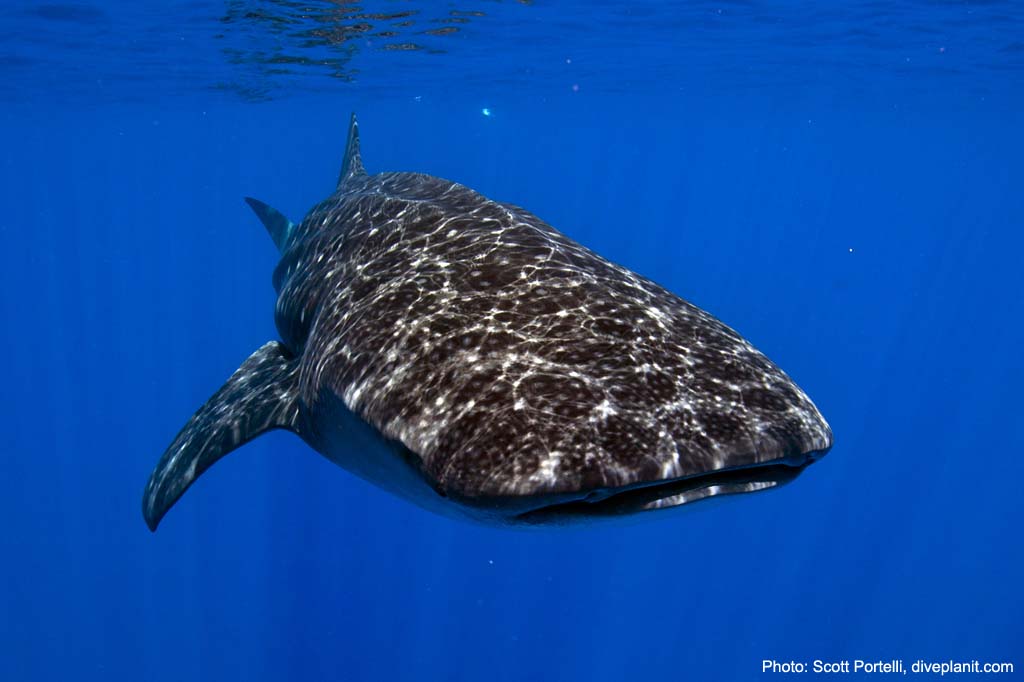
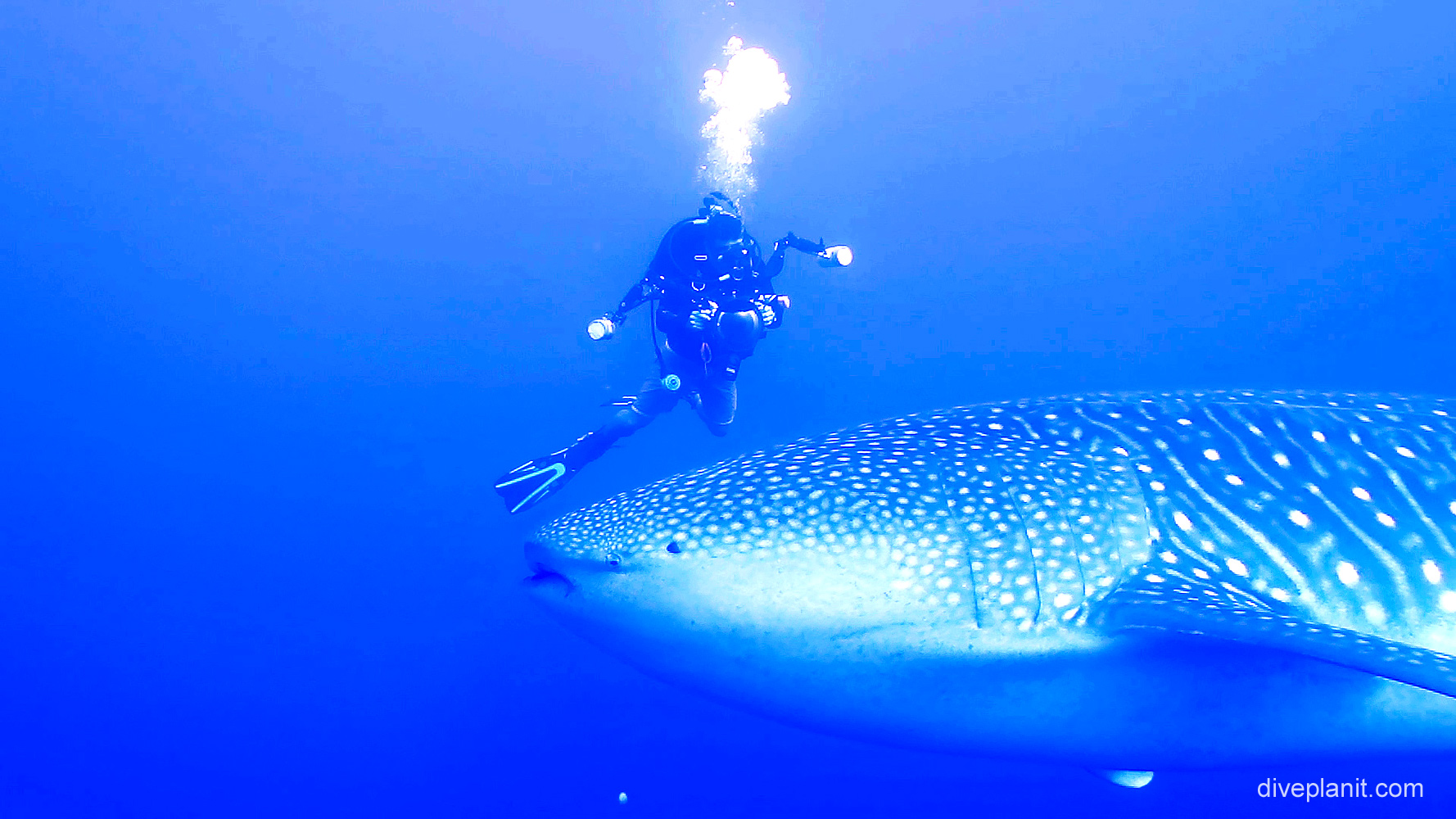
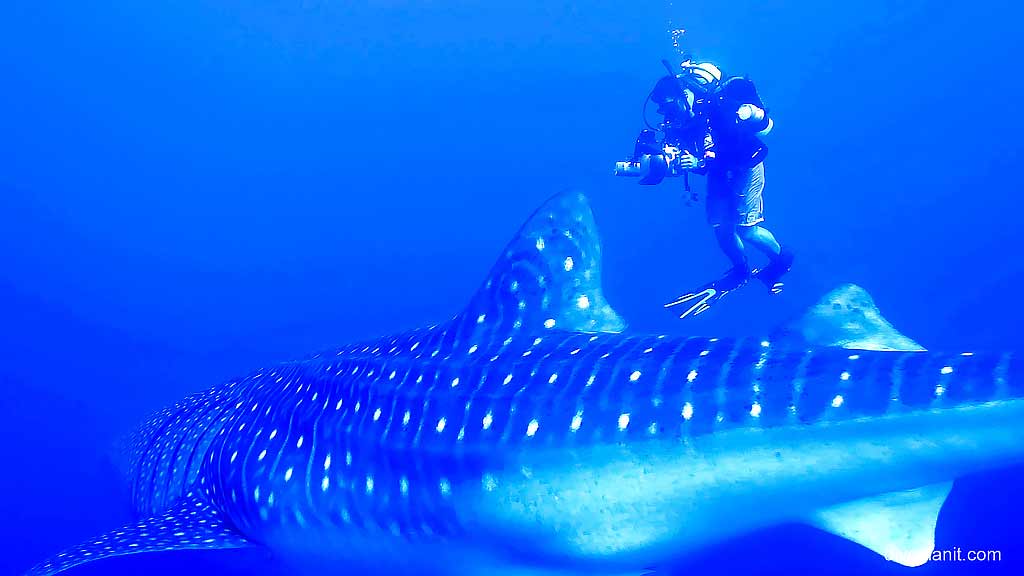
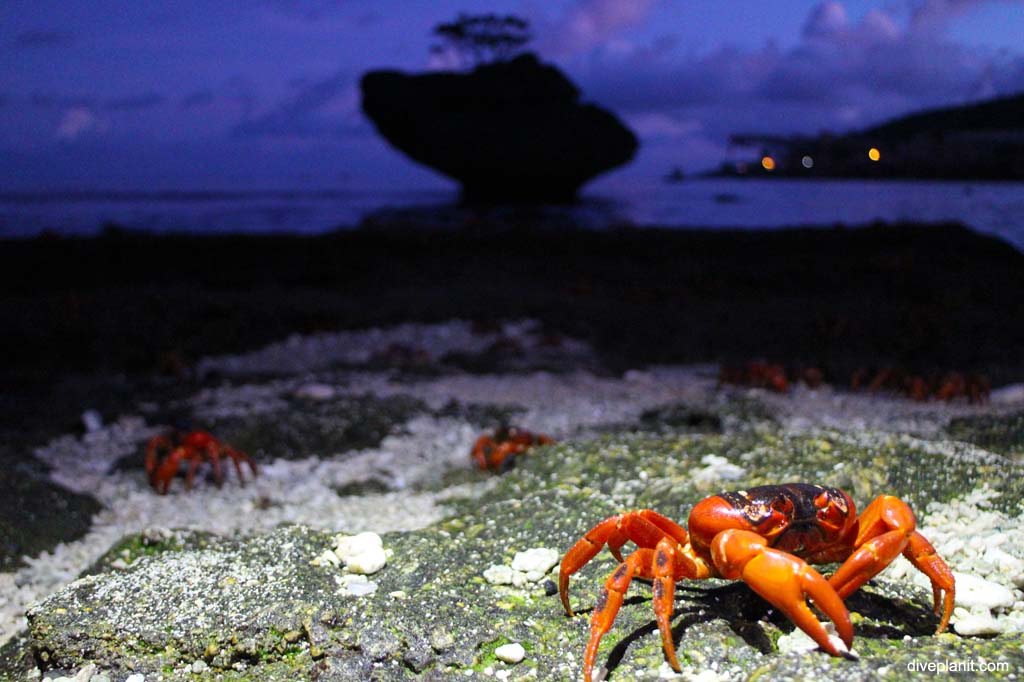
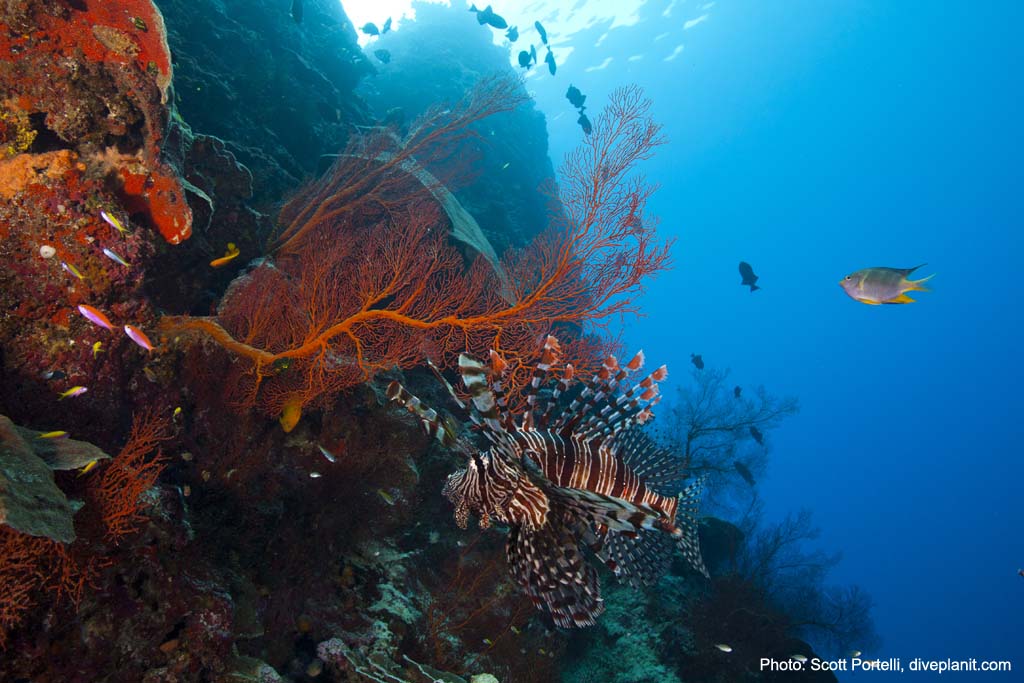
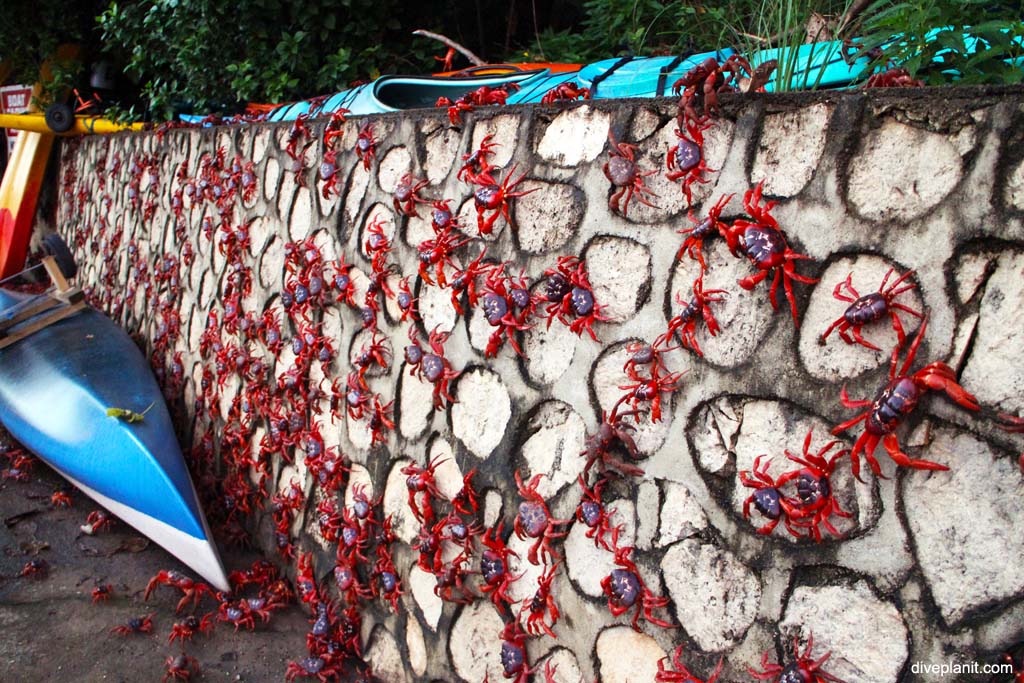
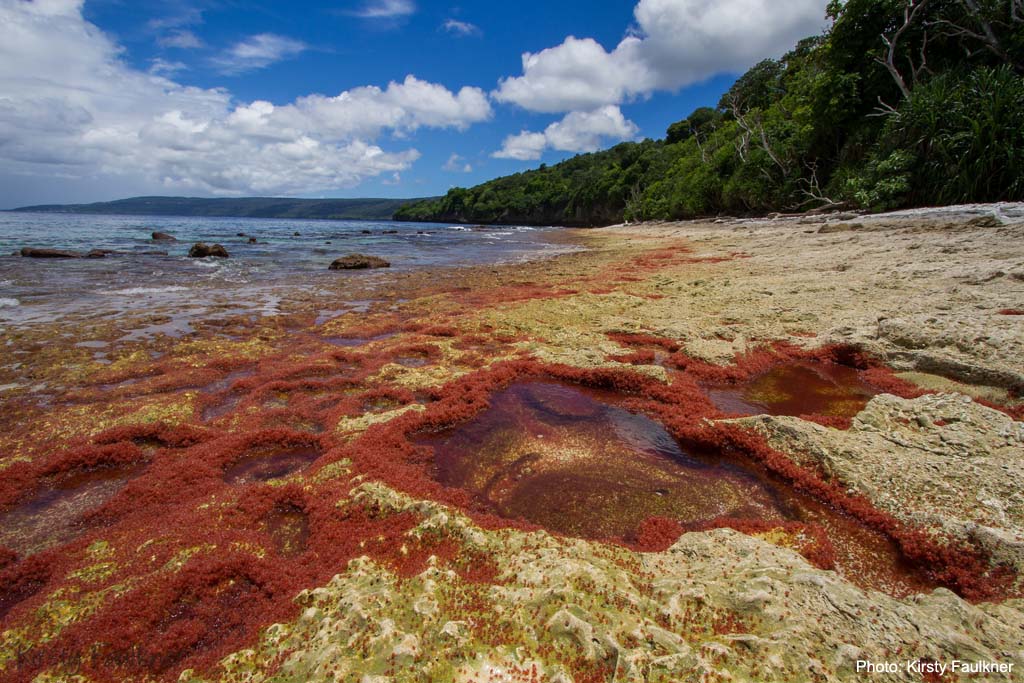
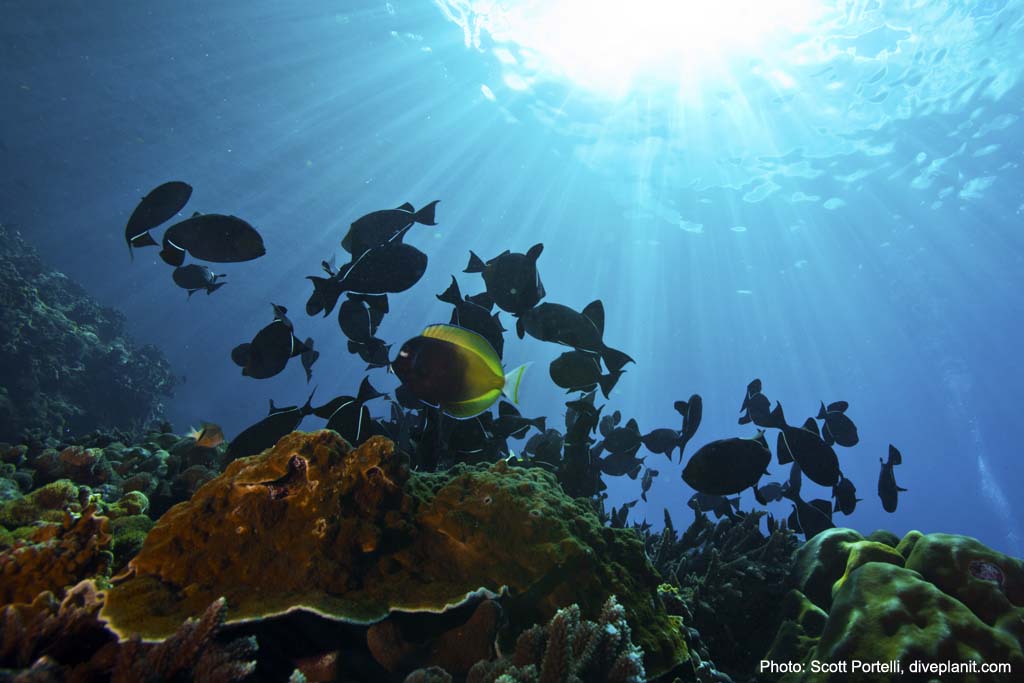
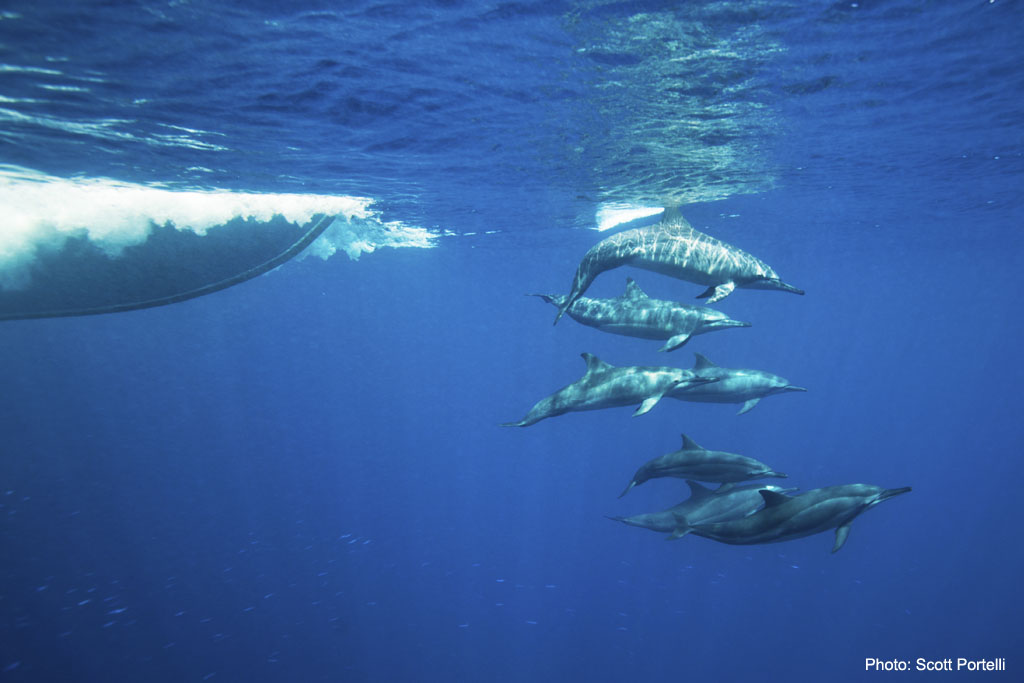
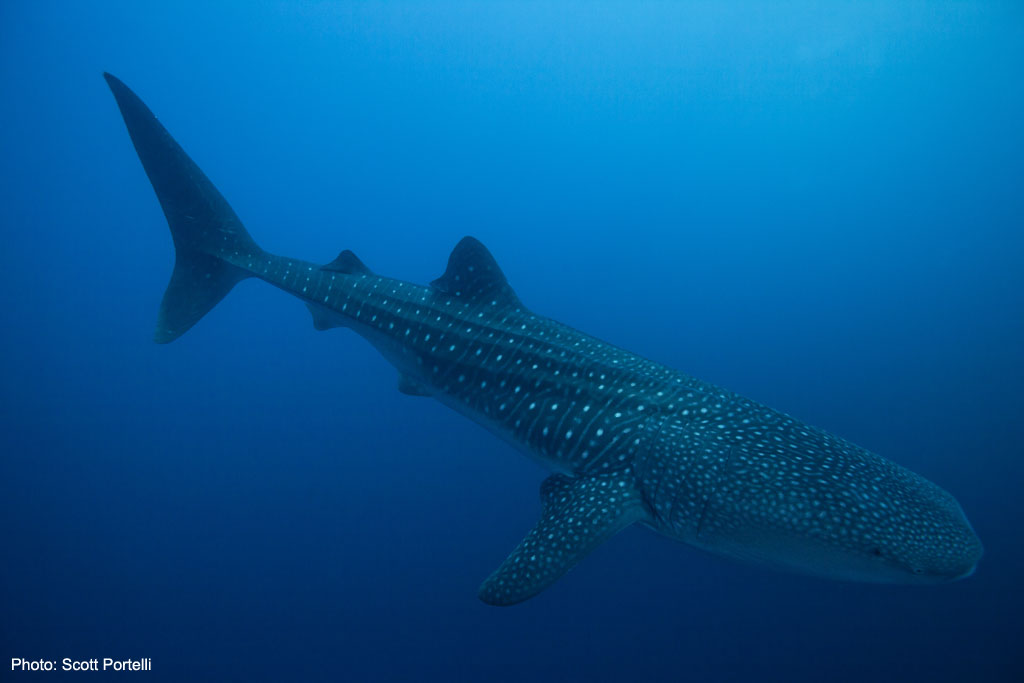

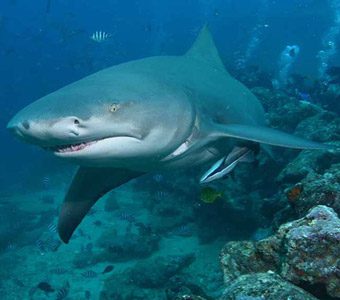

What month/s are we most likely to encounter a whale shark please?
Regards,
Beverley
Hi Beverley, whale shark season is Nov to Apr, but I’d recommend Nov to early Dec for the best weather conditions.